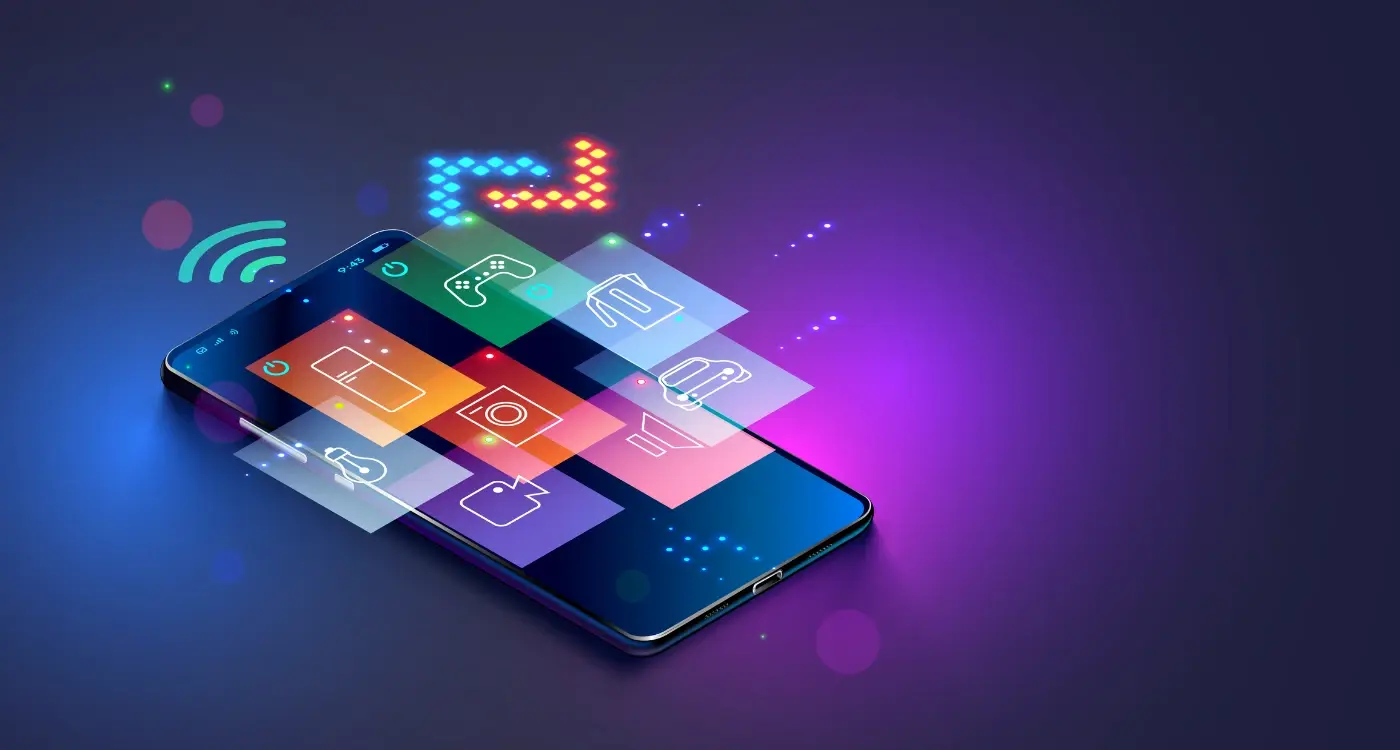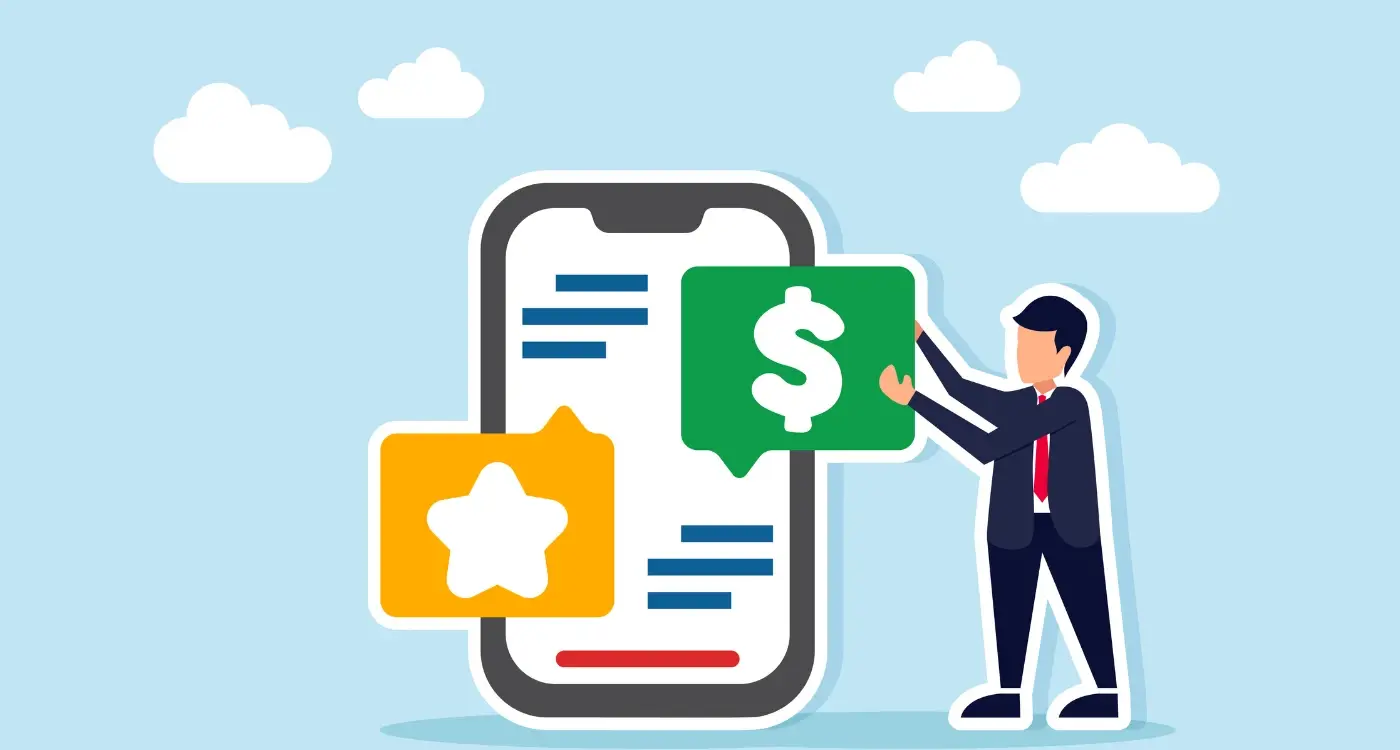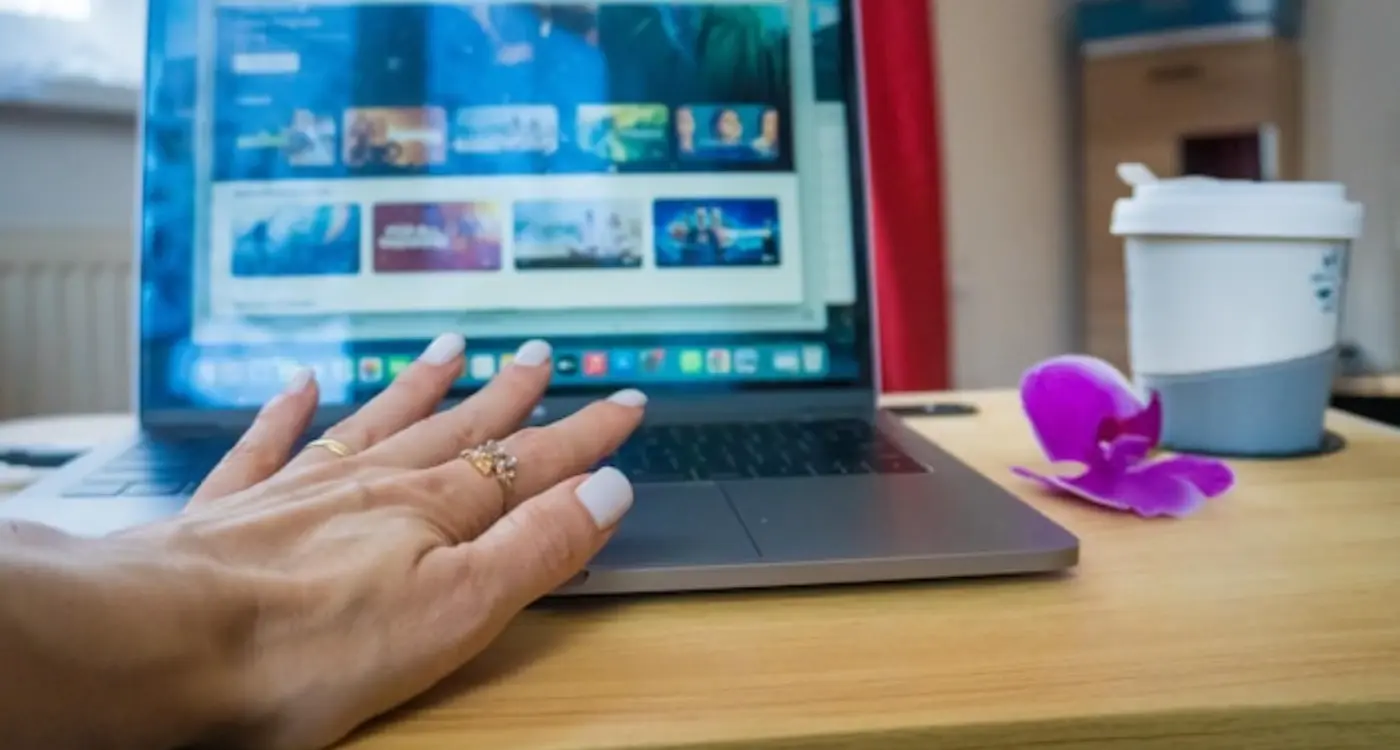How Much Does It Cost To Add Dark Mode To An Existing App?
Over 80% of smartphone users now prefer dark mode when it's available—and that number keeps climbing. What started as a trendy feature has become a genuine user expectation, particularly for apps that people use regularly throughout the day. Your eyes simply feel less strained when you're scrolling through content on a dark background, especially in low-light conditions.
The thing is, adding dark mode to an existing mobile app isn't just about flipping a switch and making everything black. It's a proper feature addition that requires careful planning, thoughtful design decisions, and thorough testing across different devices and platforms. I've worked on dozens of dark mode implementations over the years, and the complexity can vary dramatically depending on your app's current setup.
Adding dark mode isn't just about changing colours—it's about creating a cohesive visual experience that feels natural and reduces eye strain without compromising your app's functionality
The cost of implementing dark mode depends on several factors: your app's complexity, the platforms you're targeting, how your current interface is structured, and whether you want a basic implementation or something more sophisticated. Some apps can get dark mode sorted in a few weeks; others might need months of development time. Let's break down what you're actually paying for and help you understand the real investment required.
Understanding Dark Mode Implementation
Dark mode isn't just about flipping colours from light to dark—though I'll admit that's what I thought when I first started working with it! There's actually quite a bit more going on under the hood that affects both the complexity and cost of implementation.
At its core, dark mode requires your app to support two complete colour schemes that can switch dynamically. This means every single visual element needs to be designed and coded with both light and dark variations in mind. Text colours, background colours, button states, icons, images—everything needs to work in both modes without breaking the user experience.
Technical Components Required
The implementation typically involves several key technical components that your development team will need to address:
- Dynamic colour system that responds to user preferences
- Asset management for icons and images in both themes
- State management to remember user's theme choice
- System integration to follow device-level dark mode settings
- Accessibility compliance for contrast ratios in both modes
What catches many people off guard is that dark mode affects more than just the visual layer. Your app's logic needs to handle theme switching gracefully, and this can impact performance if not implemented properly. The good news? Most modern development frameworks have built-in support for theming, which makes the process more straightforward than it used to be.
Planning Your Dark Mode Strategy
Before you start thinking about colours and coding, you need a proper plan for your dark mode implementation. I've worked on dozens of mobile app projects where teams jumped straight into development without considering the bigger picture—and trust me, it always costs more in the long run.
The first question you need to ask yourself is: does your app actually need dark mode? Not every mobile app benefits from it. Banking apps, productivity tools, and social media platforms see great user engagement with dark themes. But if you're building a children's educational app or a bright, cheerful game, your users might not care about dark mode at all.
Survey your existing users before starting development. A simple in-app poll can save you thousands in unnecessary development costs.
Key Planning Steps
- Audit your current app's visual elements and identify which components need dark variants
- Decide whether to implement automatic switching, manual toggle, or both options
- Plan your rollout strategy—will you release dark mode to all users at once or phase it gradually?
- Set clear success metrics so you can measure whether the feature addition was worthwhile
- Consider your app's branding guidelines and how they'll adapt to darker themes
Your development timeline will depend heavily on these planning decisions. Apps with complex visual hierarchies or lots of custom graphics will need more time and budget allocation than simpler interfaces.
Design Considerations and User Experience
When I'm working with clients on adding dark mode to their existing apps, the conversation always shifts to how this will affect their users. And rightly so—because getting the design wrong can make your app feel like a completely different product, which isn't what we want at all.
The biggest mistake I see teams make is thinking dark mode is just about inverting colours. It's not. Your app's personality needs to stay intact whilst making sure everything remains readable and accessible. Text contrast becomes your best friend here; what worked perfectly on light backgrounds might become impossible to read on dark ones.
Key Design Elements to Review
- Colour palette adjustments—not just background colours but accent colours too
- Icon visibility and legibility across both modes
- Image and graphic adaptations that work in both themes
- Button states and interactive element feedback
- Loading screens and placeholder content styling
User testing becomes absolutely critical during this phase. I always recommend testing with real users who actually prefer dark mode—they'll spot issues your team might miss. Some people have genuine medical reasons for preferring darker interfaces, so getting this right isn't just about aesthetics.
Implementation Strategy
Start with your most-used screens first. There's no point perfecting a settings page if your main user flow looks terrible in dark mode. Your users will notice inconsistencies immediately, so plan your rollout carefully.
Development Time and Complexity Factors
After years of adding dark mode to countless mobile apps, I can tell you that the development time varies wildly depending on your app's complexity. A simple app with basic screens might take just a few days, whilst a complex feature-rich mobile app could need several weeks of development work.
The biggest factor affecting development time is how your app was originally built. Apps that use modern frameworks and follow good coding practices are much easier to update. If your app has messy code or hasn't been updated in years, adding dark mode becomes a much bigger job—sometimes requiring significant refactoring before you can even start.
Technical Complexity Factors
The number of screens in your app directly impacts development time; each screen needs individual attention to ensure colours, images, and text display properly in dark mode. Custom components and unique design elements add extra complexity since they can't rely on standard system colours.
Most developers underestimate the time needed for dark mode implementation by at least 30%, mainly because they forget about all the edge cases and custom elements that need individual attention
Platform Considerations
If you're updating both iOS and Android versions, you're looking at nearly double the development time. Each platform handles dark mode differently, and what works on one won't necessarily work on the other. Cross-platform apps can reduce this overhead, but native apps require separate implementation for each platform.
Cost Breakdown by App Type and Platform
Right, let's talk numbers—the bit everyone's been waiting for! After years of implementing dark mode across different types of apps, I can tell you the costs vary quite dramatically depending on what you're working with.
Simple Apps vs Complex Apps
A basic utility app with just a few screens? You're looking at around £2,000 to £5,000 for a proper dark mode implementation. These are your straightforward apps with minimal custom UI elements and standard components throughout.
Now, if you've got a complex app with custom animations, intricate designs, or lots of third-party integrations, that figure can easily jump to £8,000 to £15,000. I've worked on e-commerce apps where every product card, checkout flow, and payment screen needed careful consideration—it adds up quickly.
Platform Differences
Here's where it gets interesting. iOS implementations tend to be slightly more expensive because Apple's design guidelines are stricter; you'll spend more time getting everything pixel-perfect. Android offers more flexibility but that can actually make decisions harder—sometimes constraints help! If you're doing both platforms, don't just double the cost though. There's usually some overlap in the design thinking and asset creation that saves you money.
Native apps will always cost more than hybrid solutions, but the end result is typically much better. Trust me on this one—I've seen too many rushed dark mode implementations that looked awful because corners were cut.
Testing and Quality Assurance Requirements
Testing dark mode isn't just about checking if your app looks good in both light and dark themes—though that's obviously important! You need to test across different devices, operating systems, and screen brightness levels. What looks perfect on your iPhone might be completely unreadable on an Android tablet with a different display technology.
The testing process for dark mode typically adds 15-25% to your overall development timeline. This means if your dark mode implementation takes four weeks to build, you should budget another week for proper testing. Your QA team will need to check every screen, every interaction, and every edge case in both themes.
Device and Platform Testing
Different devices handle dark mode differently—some have OLED screens that make true blacks look stunning, while others use LCD technology that can make dark themes appear washed out. You'll need to test on at least 5-8 different devices to catch the most common issues.
User Experience Testing
Beyond technical testing, you need real users to try your dark mode. What seems intuitive to your development team might confuse actual users. Plan for at least two rounds of user testing to refine the experience.
Create a comprehensive testing checklist that includes automatic theme switching, manual toggle functionality, and battery usage comparisons between light and dark modes.
Budget-wise, expect to spend £2,000-£5,000 on thorough QA testing for your dark mode mobile app addition, depending on your app's complexity and the number of platforms you're supporting.
Conclusion
Adding dark mode to your existing app isn't just about following trends—it's about giving your users what they want. The cost will depend on your app's complexity, platform, and how thorough you want to be with the implementation. Simple apps might need just a few thousand pounds, while complex applications can require significantly more investment.
What I've learned from working with clients on dark mode projects is that the upfront cost often pays for itself through improved user satisfaction and retention. Users genuinely appreciate having the choice, especially those who spend long hours on their devices. The key is planning properly from the start; rushing into dark mode without a clear strategy will only increase your costs down the line.
Don't forget that this isn't a one-time expense either. You'll need ongoing maintenance as your app evolves, and new features will need dark mode variants. But here's the thing—once you have the foundations in place, adding dark mode support to new features becomes much more straightforward. The initial investment creates a framework that makes future development smoother and more cost-effective.
Whether you're working with an agency like us or handling development in-house, take the time to do it right. Your users will thank you for it, and you'll avoid costly fixes later on.
Share this
Subscribe To Our Learning Centre
You May Also Like
These Related Guides

What's the Cost of Adding IoT Features to My Mobile App?

How Much Does It Cost to Add Accessibility Features to a Mobile App?



